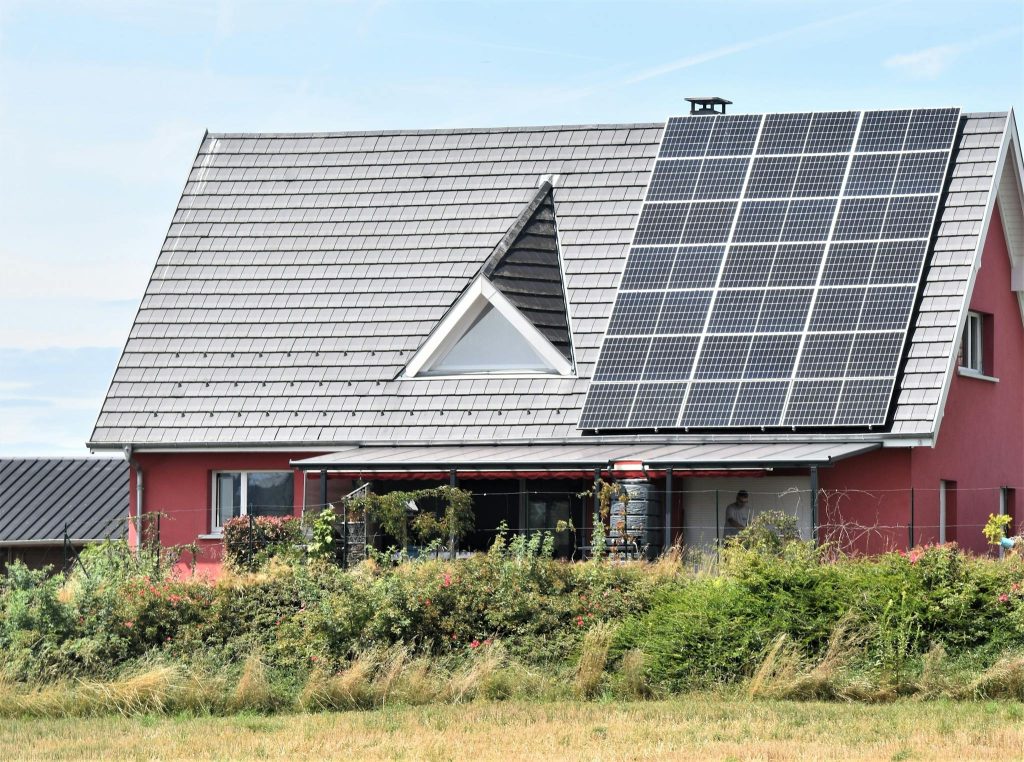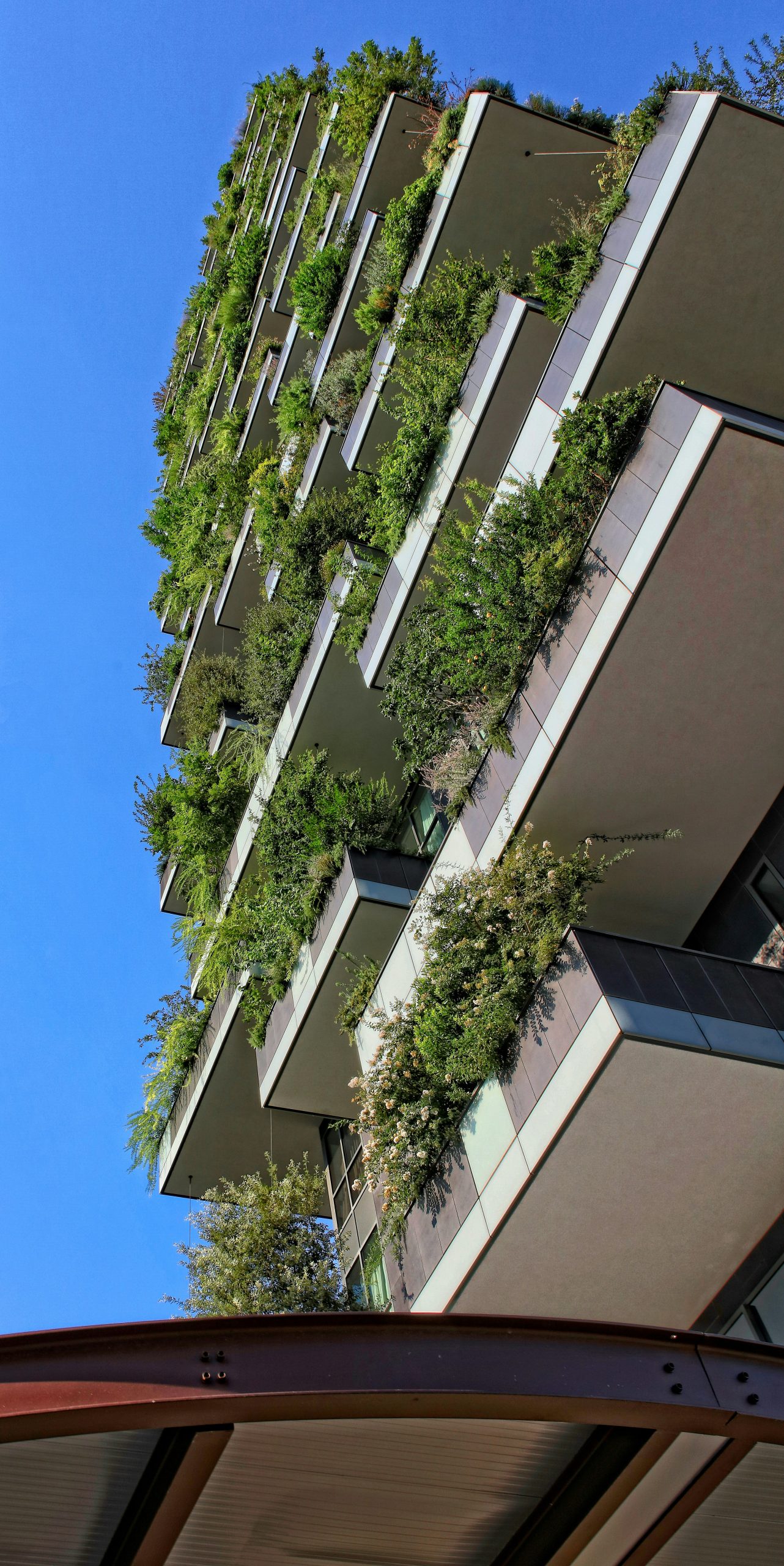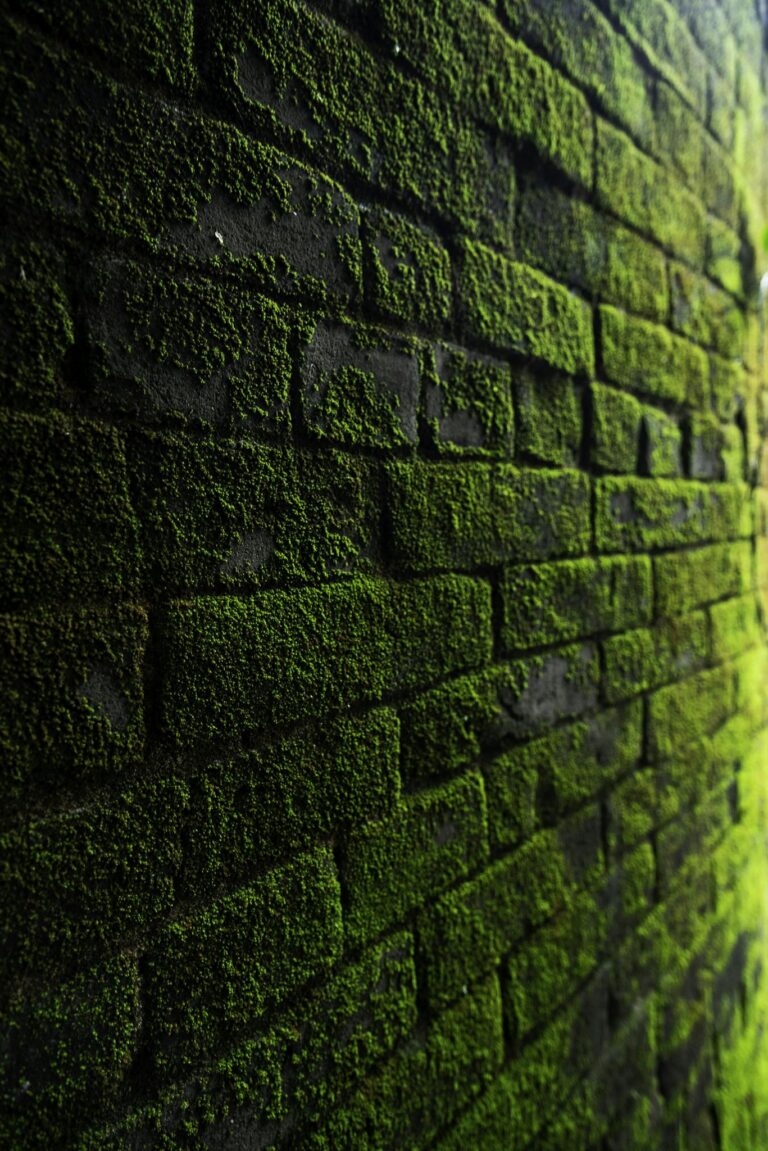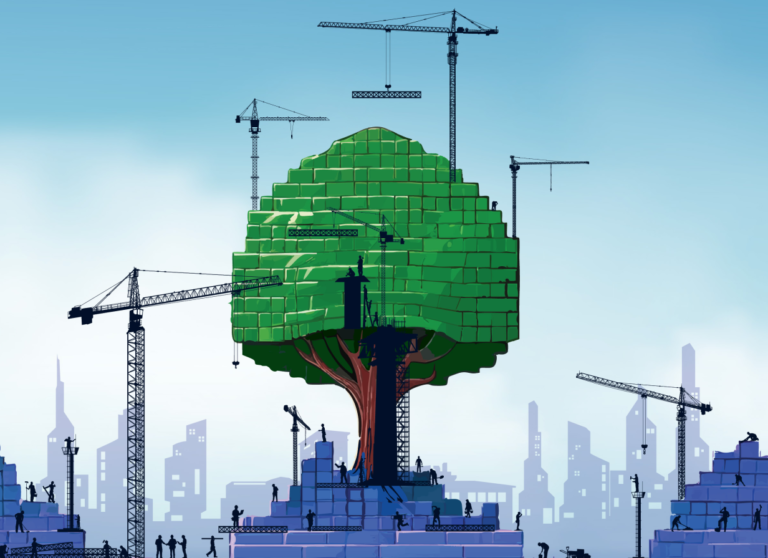Green Open Space: Building & Industry in Indonesia
Lack of Green Space and Its Consequences
Green Open Space plays crucial role in sustainability. Insufficient or nonexistent open space can lead to several issues, including:
- Increased air pollution from dust and smoke;
- Rising air temperatures;
- Worsening noise levels; and
- Depletion of groundwater.
Considering these issues, the government needs to regulate and mandate the presence of Green Open Space (GOS) for every industrial facility within an industrial zone. This is essential to balance environmental ecosystems with industrial development in the modern era.
Green Open Space (GOS) refers to linear or clustered areas that are primarily open and serve as growth spaces for plants, whether naturally grown or intentionally planted. GOS can include artificial parks or green fields.
Benefits of Green Open Space
As we know, humans need green environments amidst the rapid pace of development today.
The presence of green spaces is intended to preserve harmony and balance within ecosystems. More specifically, the goals of providing GOS within an industrial area include:
- Addressing spatial planning issues and controlling the environmental impact of industrial activities;
- Managing water systems and providing aesthetic value in industrial zones;
- Serving as mitigation/evacuation areas during disasters; and
- Helping regulate climate to reduce pollution in industrial areas.
We also know that industrial buildings and factories need protection from sun radiation and strong winds. One simple and cost-effective solution is planting trees or shade plants around the buildings.
Plants, trees, or woody vegetation can act as windbreakers or sound barriers, thus reducing noise in and around the buildings. In addition, trees in GOS areas offer protection from harsh sunlight. From this, it can be concluded that Green Open Space acts as the “lungs” of industrial zones.
Obligations for Buildings and Factories to Provide GOS
Land use patterns in industrial zones are regulated under the Regulation of the Minister of Industry of the Republic of Indonesia No. 40/M-IND/PER/6/2016 concerning Technical Guidelines for Industrial Areas, as follows:
| Type of Use | Usage Proportion (%) | Description |
|---|---|---|
| Industrial Plots | Max 70% | Each plot must comply with a Building Base Coefficient (KDB) of 60:40 |
| Roads and Channels | 8–10% | Includes primary and secondary roads, and drainage channels |
| Green Open Space | Min 10% | May include green belts, parks, or perimeters |
| Other Basic Infrastructure, Supporting Infrastructure, and Facilities | 8–10% | Includes raw water treatment, wastewater treatment, street lighting installations |
Based on this regulation, every industrial area covering 20 to over 500 hectares is required to provide a minimum of 10% Green Open Space.
The GOS within industrial areas is recommended to feature plant species that are ecologically compatible with the local environment, capable of absorbing pollutants, long-lived, and with good water absorption capacity.
Thanks to these regulations, local governments proactively oversee industrial spatial planning to ensure compliance. Therefore, the development of Green Open Space must be a priority for every developer, owner, or user of buildings, whether within or outside industrial areas.
Implications of Green Open Space on Green Building

The integration of Green Open Space into industrial and commercial areas is a crucial component in the realization of green building principles. Green buildings aim not only to reduce the environmental footprint but also to enhance the well-being of their occupants and the surrounding community. GOS supports these goals by naturally regulating temperature, improving air quality, and providing psychological benefits associated with access to nature.
One of the primary implications is energy efficiency. Green Open Space, especially when planted with shade trees and strategic landscaping, helps lower surrounding temperatures, reducing the need for artificial cooling systems such as air conditioning. This contributes significantly to a building’s overall energy performance and carbon reduction goals.
Furthermore, the presence of vegetation enhances stormwater management. Plants and permeable green areas allow rainwater to infiltrate into the ground, reducing runoff and the risk of flooding. This aligns with green building certification standards such as LEED or Greenship, which emphasize sustainable site development and water efficiency.
GOS also plays a vital role in promoting biodiversity and enhancing local ecosystems. The inclusion of native plant species in green spaces supports urban wildlife, such as birds and beneficial insects, which can help create a more resilient and self-sustaining environment around buildings.
In terms of human health and productivity, access to green spaces has been shown to reduce stress, increase concentration, and promote physical activity, especially in industrial environments that are typically more stressful and rigid. Green buildings that include well-designed open spaces not only contribute to ecological balance but also to better working conditions and employee satisfaction.
Finally, incorporating GOS into green building strategies can improve a company’s public image and compliance with environmental regulations. As sustainability becomes a core business value globally, adopting green infrastructure—including mandatory green spaces—is both a competitive advantage and a social responsibility.
References:
- Regulation of the Minister of Industry of the Republic of Indonesia No. 40/M-IND/PER/6/2016 on Technical Guidelines for Industrial Areas
- Law of the Republic of Indonesia No. 26 of 2007 on Spatial Planning



